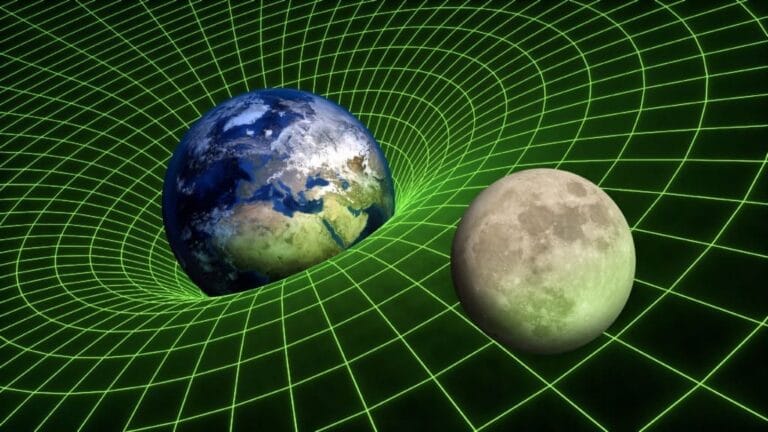Gravitational waves are ripples in the fabric of spacetime, caused by the acceleration of massive objects. They were first predicted by Albert Einstein in The theory of General Relativity, 1916 , but the first direct observation were not directly detected until 2015 by LIGO wave detectors. The detection of gravitational waves has opened up a new era in astronomy, allowing us to observe the universe in a way that was never before possible.

What are gravitational waves?
Gravitational waves are disturbances in the curvature of spacetime, caused by the acceleration of massive objects. They travel at the speed of light and carry information about the events that created them. Gravitational waves are incredibly weak, and it is only in the past few decades that we have been able to develop the technology to detect them.
Key Significance
- New Observational Window: Gravitational waves allow astronomers to observe cosmic events that are invisible through traditional electromagnetic means (like light). For example, the merger of black holes emits strong gravitational waves but very little light.
- Testing General Relativity: The detection of gravitational waves provides a unique opportunity to test Einstein’s theories under extreme conditions, contributing to our understanding of gravity and spacetime.
- Understanding Cosmic Events: Gravitational waves carry information about their origins and about the nature of the objects that produced them. This can reveal details about the processes involved in phenomena like supernovae, black hole mergers, and neutron star collisions.
- Multi-Messenger Astronomy: The combination of gravitational wave observations with electromagnetic signals (like gamma-ray bursts) allows for a more comprehensive understanding of astrophysical events. For instance, the merger of neutron stars has been observed in both gravitational waves and light, providing insights into the creation of heavy elements like gold.
- Cosmology and the Early Universe: Gravitational waves might help us understand events from the early universe, such as the Big Bang or cosmic inflation, offering clues about the fundamental nature of reality.
How are gravitational waves detected?
Gravitational waves are detected by using interferometers. An interferometer is a device that splits a laser beam into two beams, which are then sent down two long arms of the interferometer. The beams are recombined at the end of the arms, and any interference between the beams is measured. If a gravitational wave passes through the interferometer, it will slightly change the length of the arms, which will cause the interference pattern to change. By measuring this change, scientists can detect the presence of a gravitational wave.
Future of gravitational wave astronomy
The field of gravitational wave astronomy is still in its infancy. Upcoming projects like the European Space Agency’s LISA (Laser Interferometer Space Antenna) aim to detect lower-frequency gravitational waves, which could reveal even more about the universe, including the formation of supermassive black holes and the nature of dark matter.
The detection of gravitational waves is a major milestone in astronomy. It has opened up a new window on the universe, and we can expect to learn many new things in the years to come. Future gravitational wave observatories, such as LIGO and Virgo, will be even more sensitive than current ones, and will be able to detect even weaker gravitational waves. This will allow us to study a wider range of astronomical objects and events, and to learn even more about the universe.
Conclusion
Gravitational waves are a powerful new tool for astronomers. They allow us to observe the universe in a way that was never before possible. The detection of gravitational waves is a major milestone in astronomy, and we can expect to learn many new things in the years to come.